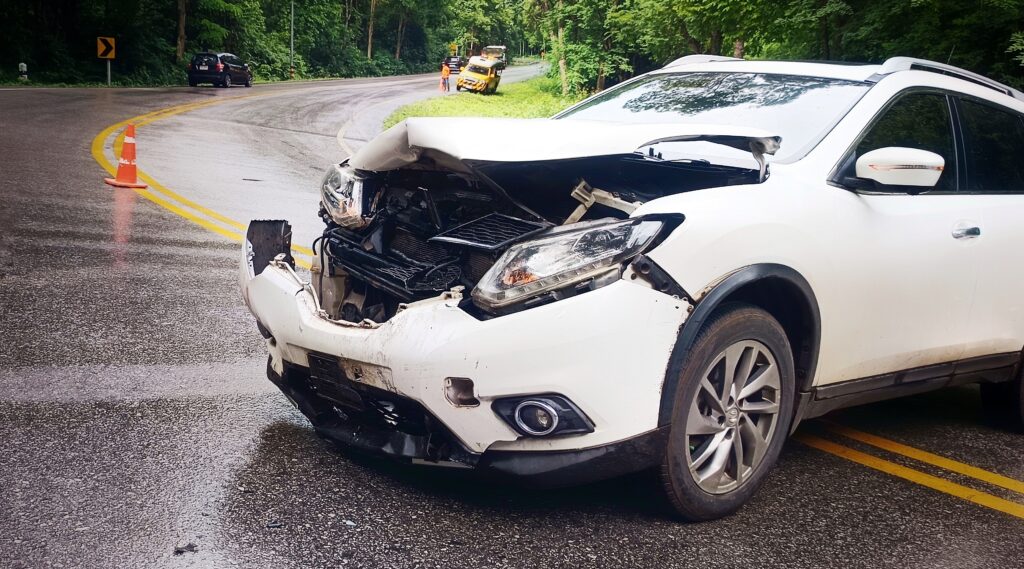
Car accidents occur every day throughout most metro areas, but when they happen to you, they can have a personal and financially devastating outcome. In the aftermath of such an event, it is crucial to have the support and guidance of a skilled attorney who can guide you through the legal process. They can help you understand the various types of car accidents and determine your legal rights if you have been a victim. With the help of a car accident attorney in Bakersfield, you can seek fair compensation and start working to rebuild your life.
Types of Car Accidents
The following are some of the most common types of car accidents. These collisions can happen due to various situations, including dangerous weather conditions, reckless driving, and other mistakes by drivers behind the wheel. Many times, these accidents result in severe injury or the loss of life, and in all cases, if you are the victim, it is worth turning to a car accident lawyer to discuss your case thoroughly.
Head-On Collisions
Head-on collisions are some of the most devastating and occur when two vehicles strike each other directly, from hood to hood. Many situations can cause these accidents, but they often happen when one driver travels the wrong way on a highway ramp or one-way street. Other times, a driver is not paying attention to oncoming traffic due to distraction and hits the other driver on a narrow roadway, such as by heading over the yellow line.
Head-on collisions are complicated because you must prove which party’s actions specifically led to the injuries and losses. The fault usually falls on the person who crossed the median or drove in the wrong direction.
Rear End Collisions
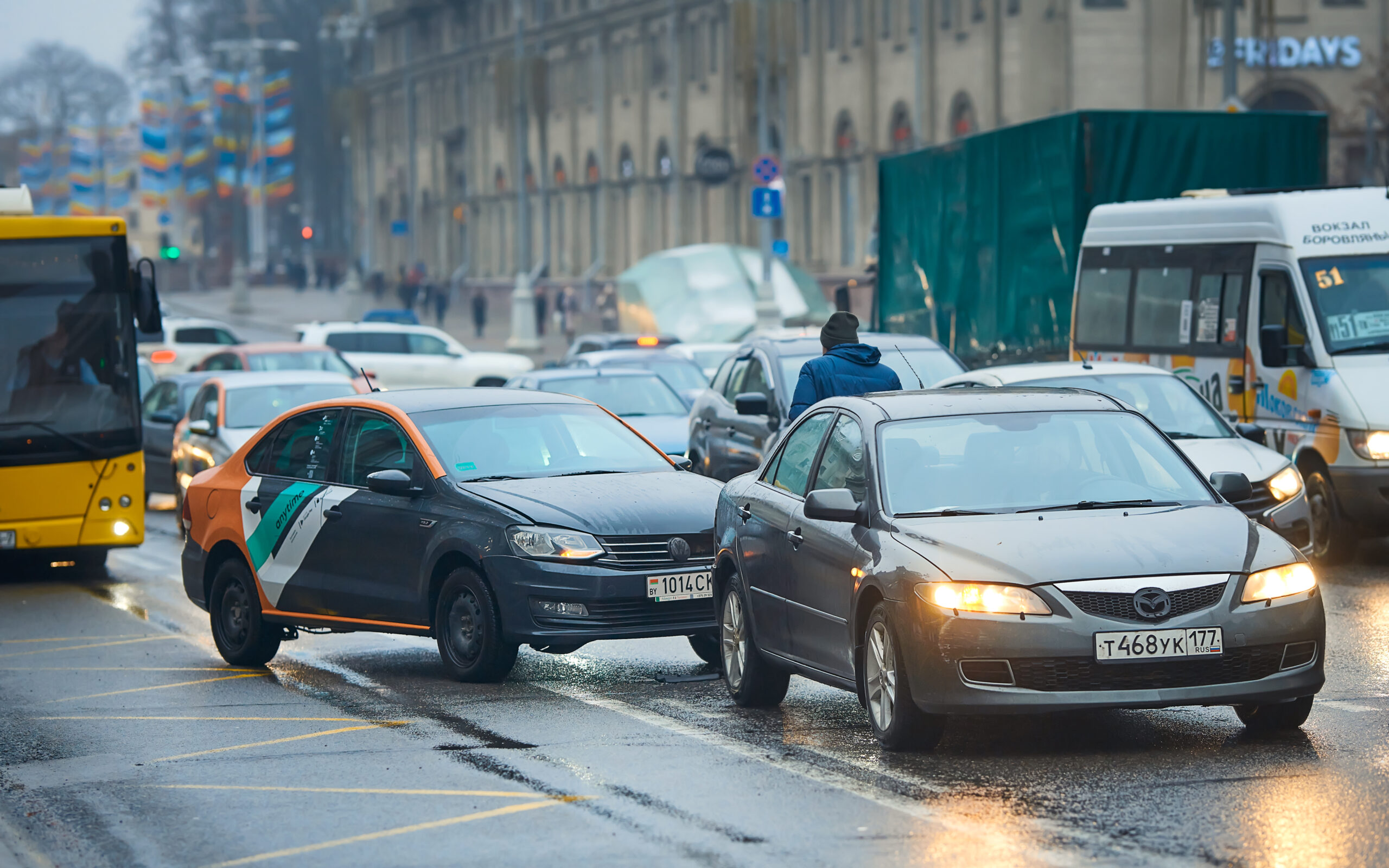 Rear-end collisions are some of the most common accidents today. The National Highway Traffic Safety Administration reports that about 29 percent of all car accidents result from one driver striking another from behind, often leading to surprisingly severe injuries and losses.
Rear-end collisions are some of the most common accidents today. The National Highway Traffic Safety Administration reports that about 29 percent of all car accidents result from one driver striking another from behind, often leading to surprisingly severe injuries and losses.
These accidents occur for various reasons, but often due to tailgating of one driver, distracted driving, failure to yield, impaired driving, or brake failure. Some collisions happen at lower speeds, but they can still result in serious injuries like whiplash or concussions. Others can be at highway speeds, especially if a driver is not paying attention to the road.
Side-Impact Car Accidents
A side-impact car accident is just as its name implies. It occurs when one driver strikes the side of another vehicle, often when running a stop sign or red light. The driver may fail to yield the right of way, causing a side-impact accident. Most of the time, these accidents involve the front end of one vehicle striking the side of another at various rates of speed.
Often called a t-bone accident, these often cause life-threatening severe injuries when they happen at higher speeds. It usually causes neck and back injuries and sometimes the risk of death, especially if the driver is struck directly on their door.
Sideswipe Car Accidents
A sideswipe car accident is slightly different from a side impact. In these situations, the sides of the cars brush against each other often while driving in the same or opposite directions but very close together. A common cause of sideswipe accidents is a driver not paying attention while behind the wheel. These drivers may not check their blind spots, for example, before they merge into another lane, causing the side of their car to strike the side of another vehicle.
These are dangerous accidents because of what happens at impact. Even at a slower speed, the force can cause one or both vehicles to spiral out of control, careening off in opposite directions and potentially striking other cars.
Single-Vehicle Accidents
A single-vehicle accident often occurs when a vehicle strikes another object and a driver loses control. It can be cargo that falls from a truck, an animal that enters the roadway, or another type of hazard that is present and unavoidable. Other times, the driver may strike a stationary object, such as a pole or railing. If the vehicle travels at a fast speed, it may roll over or bounce backward after striking the object and slam into other cars or structures.
In many situations, a driver is not responsible for their single-vehicle accident. Someone else might have caused an object to be in the road or another car might have run them off the road, causing them to lose control and roll over.
Rollover Accidents
A rollover accident occurs when the vehicle rolls onto its side or the top. It may happen due to various scenarios, often related to high speeds or overcorrections that quickly move the vehicle in one direction. These accidents usually create some of the most catastrophic injuries because they can crush the person within the car. They can also lead to fires.
Rollover accidents may happen if one driver is impaired, distracted, or loses control over the vehicle for another reason. In some situations, this may be due to speeding or poor road conditions. Objects in the road may also cause this type of incident to occur.
Low-Speed Accidents
While many assume that some of the most dangerous accidents relate to high speeds, lower-speed collisions can cause serious injury. If a large vehicle strikes another vehicle, even at a lower speed, it can lead to substantial force when the impact occurs, causing a high risk of injury to the victim.
Low-speed accidents may occur due to distracted driving or poor road conditions, for example. They may result in serious injury, such as a traumatic brain injury, broken bones, or soft tissue injuries.
Blind Spot Accidents
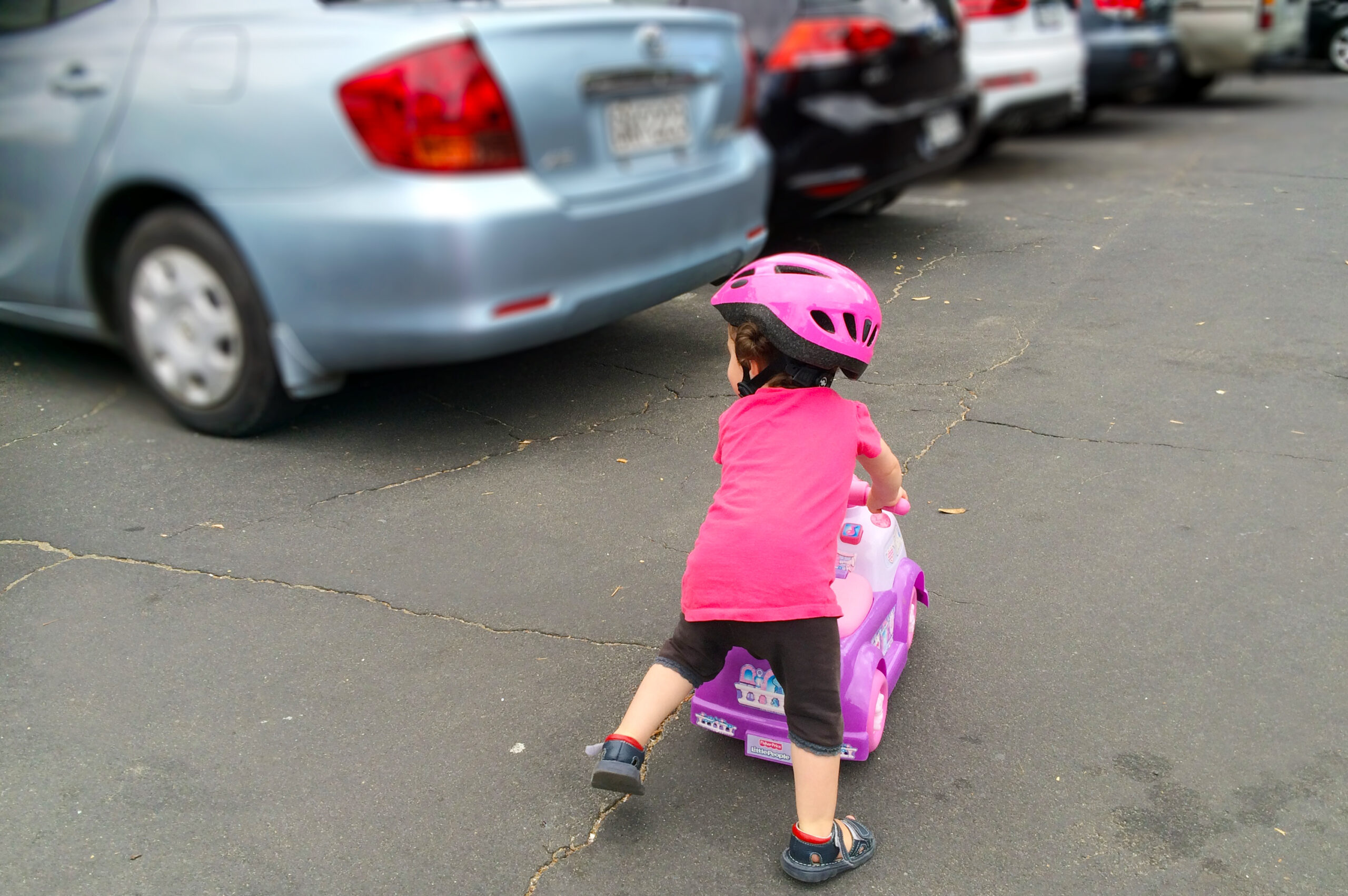 Every driver must check on all sides of the vehicle, including physically turning their head, to determine if another vehicle is in the way when merging. Blind spot accidents often occur during lane changes when drivers do not take proper precautions and cannot see the other car. Additionally, if a vehicle is moving at the same rate of speed slightly behind you, it can become difficult to see.
Every driver must check on all sides of the vehicle, including physically turning their head, to determine if another vehicle is in the way when merging. Blind spot accidents often occur during lane changes when drivers do not take proper precautions and cannot see the other car. Additionally, if a vehicle is moving at the same rate of speed slightly behind you, it can become difficult to see.
Blind spot accidents are common risks for drivers in smaller vehicles or motorcycle riders since they are easy to miss. These crashes can cause serious injuries.
Merging Car Accidents
Merging accidents can occur for various reasons, as drivers can make many errors when one car merges into a lane with another. Drivers may speed up to stop another driver from merging, or a driver may merge without the right of way, creating a high risk of accidents and injuries.
Drivers who do not merge properly can be at fault for the injuries they cause. These injuries can range widely but can be catastrophic in situations where the drivers are moving at a fast rate of speed, such as on a highway.
Why Working with a Car Accident Attorney Is Critical in These Situations
Many times, lawyers have watched victims suffer severe injury and even the loss of life as a result of the mistakes other drivers make. It may seem simple to prove who is at fault and outline your losses to insurance companies. However, remember that insurance companies may try to delay, minimize, or deny claims, and it can be complicated to understand your rights when going up against insurance adjusters. Consider the following ways that an attorney in a car accident case can be so valuable:
Proving Fault
In some situations, the most challenging aspect of winning a car accident case is proving the other party was responsible for what occurred. There may be times when the data from the police report is incomplete or inaccurate, swaying fault in your direction. Your car accident lawyer will work with you to show who was really at fault.
Documenting All Losses
Many of these car accidents create serious injuries that can cause a severe and life-long threat to a person’s health, quality of life, and length of life. The potential complications of many injuries also make it very challenging to know what your short-term and long-term losses may be.
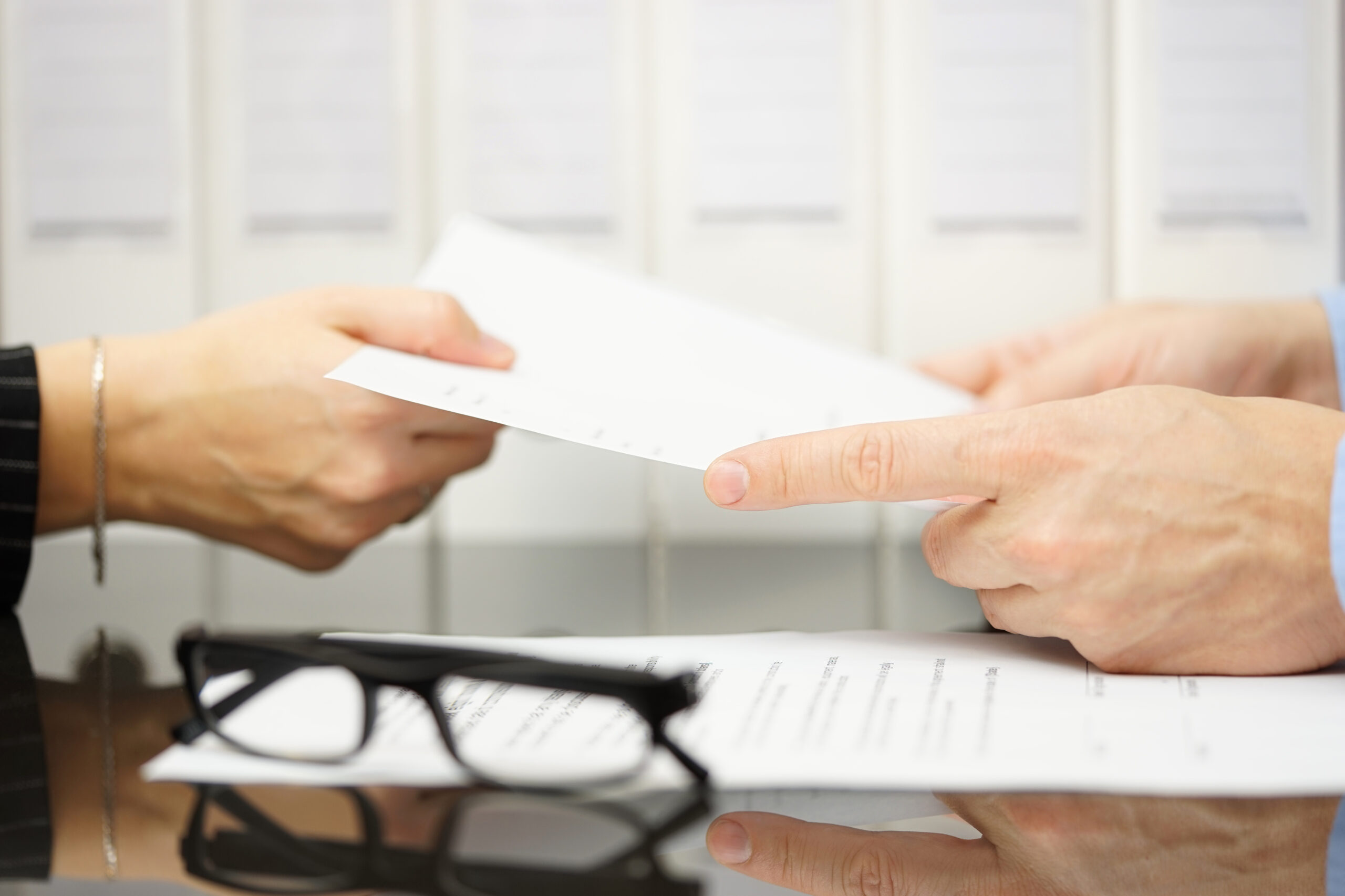 With the help of an experienced attorney, you can get the help and support you need to calculate your losses. That may include:
With the help of an experienced attorney, you can get the help and support you need to calculate your losses. That may include:
- Medical expenses
- Property damage to your vehicles or other belongings
- Lost income
- Pain and suffering claims
- Emotional trauma, if you have suffered physical injury
- Loss of quality of life
- Loss of consortium
In situations where your injuries are long-term, such as the loss of ability to walk or loss of vision or hearing, it is critical to have an attorney available who can help determine the actual value and impact of your lifetime losses. It may be significantly more than you realize, and fighting for total compensation is always essential. If you cannot work or walk again, you may need financial support for the rest of your life, and the party who caused you harm is responsible for paying for it.
Contact a Car Accident Attorney Who You Can Rely On
A trusted law firm will provide you with skilled legal insight and guidance as you work to prove your losses and damages. Car accident lawyers help victims who have suffered an injury in any of these types of car accidents:
- Distracted drivers who are not paying attention to the road
- Drivers who are under the influence of drugs, alcohol, or medications
- People who are unlicensed or inexperienced at operating vehicles
- Reckless or aggressive driving, including speeding, tailgating, or illegally turning
- Fatigued driving
- Vehicle manufacturer failures
In these situations, your life and future may be on the line due to another driver’s mistakes.
Some victims may not know they have the right to additional compensation or what legal steps to take. With the help of a legal team, especially in situations where you have injuries like the following, you will benefit from having a trusted team by your side to help recover compensation for:
- Traumatic brain injuries
- Broken bones
- Spinal cord injuries
- Internal organ injury
- Lacerations and wounds
- Burns
If you suffered an injury in a car accident that caused any of these injuries or others, seek help from a car accident attorney for immediate assistance. You gain the knowledge of a proven legal team ready to fight for your rights.
Do Not Let the Insurance Company Mislead You
Insurance companies want to quickly process claims and move on, often settling for a fraction of what they owe you. An experienced car accident lawyer can ensure insurance companies take your claim seriously and learn about all the losses their driver caused. A lawyer makes it hard for the insurance companies to refute your claim.
What to Do After a Car Accident Occurs
Even though the days after a car accident are challenging, you need to take specific steps to ensure the best possible outcome. You already went to the doctor, reported the incident to the police, and contacted a car accident attorney. There are a few more things you can do to protect your right to compensation:
- Keep a journal to document how you feel and any injuries you have. Document your physical pain, emotional trauma, and any financial losses.
- Stay off social media. Do not post status updates or photos on social media; insurance companies can use this against you.
- Communicate with your attorney about any concerns you have. Let them handle the insurance company for you.
Set up a Free Consultation to Discuss Your Legal Rights Now
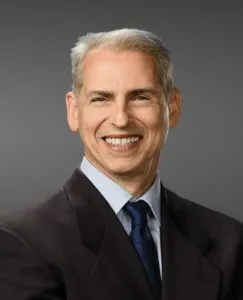
Car Accident Lawyer, Mickey Fine
No matter the type of car accident you were in, it is critical to know you have the right level of support behind you. Contact a car accident attorney to provide accurate, transparent legal insight on your rights and options.
When you have been in a car accident, having an experienced car accident attorney is essential. They will guide you through the legal process, help you understand your rights, and fight for the compensation you deserve.
Do not hesitate to schedule a consultation with a Bakersfield personal injury lawyer today. This first step will prepare you to handle your case with confidence and peace of mind.
